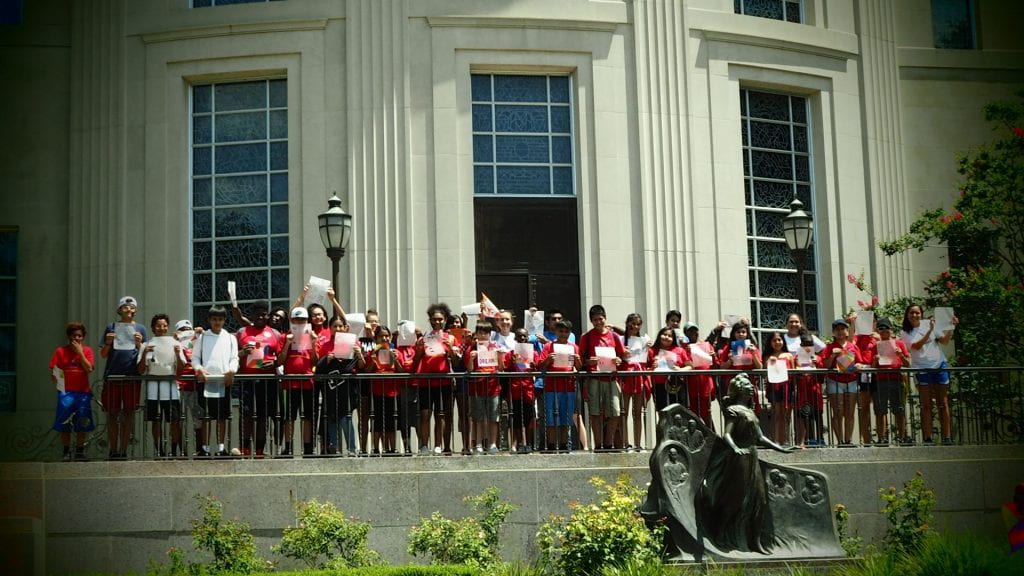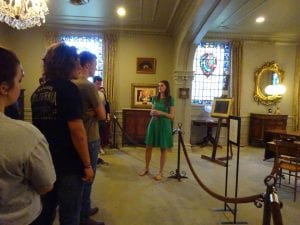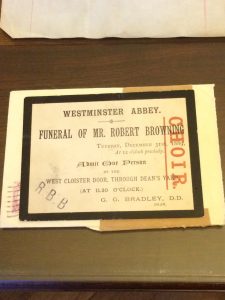With many more Baylor University courses being offered online or as hybrid versions this semester, the Armstrong Browning Library has provided study spaces for more students than in the past few semesters. The temporary increase in online courses has, understandably, meant fewer requests from faculty to bring their classes to the Armstrong Browning Library or to develop instruction sessions utilizing Armstrong Browning Library collections. We still have had faculty members request instruction sessions for their online or in-person classes.
Virtual Instruction Sessions:
Since so many of the classes coming to the Armstrong Browning Library request a tour, either as part of their instruction session or for their entire instruction session, we created a virtual version of the tour this summer. For the virtual tour we created a series of short videos. Each video highlights one of the spaces covered by our in-person tour. This was so instructors could choose either all the videos or just the spaces which they normally request for their class session. As faculty began preparing to teach online during the fall semester, the Armstrong Browning Library shared the tour with faculty when we received requests for virtual tours.
A few of the classes which have previously come to the Armstrong Browning Library to utilize our resources for instruction sessions asked to collaborate on a virtual version of their standard sessions. One of the English 2301, British Literature courses has come in to analyze the presentation and transmission of Christina Rossetti’s “Goblin Market” from its first publication to the present. For this course, we selected fewer examples of the text from our collection than we did for previous in-person sessions. Then we photographed the volumes together and individually focusing on the same parts of the books and the same selections within the poem. The images were added to a slide presentation along with bibliographic information about each volume and guiding questions to help students analyze the volumes.
In-Person Instruction Sessions:
Though many of the faculty who routinely bring their students to the Armstrong Browning Library are teaching online this fall, a few still had in-person classes and several of those instructors reached out to collaborate on socially distanced lessons using books, manuscripts, art, and artifacts from our collections. All of our instruction sessions were set up in the Hankamer Treasure Room this fall.
Baylor’s photography classes came to study the Julia Margaret Cameron photograph collection and examples of Victorian photography. We spread out resources so that there were only 1-3 items per table (depending on the table and the item’s size). This allowed 1 student to be at each table at a time. We stationed ABL staff members with the bound volumes of photographs so that we could turn the pages for students.
We look forward to more in-person instruction sessions in the spring and we are prepared to help faculty teaching online find ways to integrate the Armstrong Browning Library’s collections into their courses, as well.









